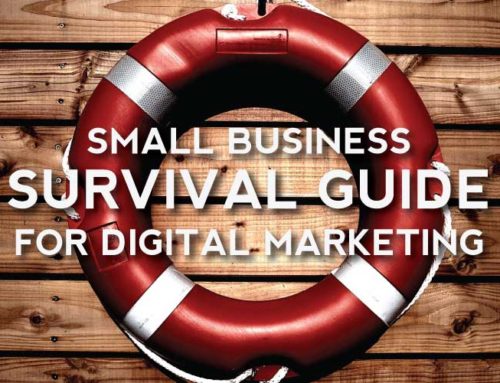Using Staff To Create Thought Leadership Content – 4 Helpful Hints
You can optimize your keywords, create the proper syntax for all of your page elements, and link each of your social media channels… but it all means nothing without rich content.
In our experience, creating a lot of content is not an organizational priority for IT consultancy or professional services organizations. The typical thought leadership strategy for these organizations puts the burden on individuals working during their own free time, for free, to create blog posts, writing papers, or producing knowledge base articles (such as best practices or tips & tricks).
4 common objections from employees when asked to create thought leadership content (and possible solutions):
Problem #1: No single point of contact. There is nobody appointed to manage a systematic process. As our friend Bob Parsons at GoDaddy.com would say, “Anything that is not managed will deteriorate.”
Solution #1: Identify a content manager (either internally or via an agency). Develop guidelines, best practices, and create a list of sample topics driven by the annual strategic direction.
Problem #2: No incentive. Subject matter experts are usually paid to work directly with clients and would rather not “waste their time” on something they don’t get compensated for.
Solution #2: Make it competitive and provide some incentive. The key is that it must be visible. Simply stating that you will factor this into your salary review won’t work. Set up a competition where the top contributor gets something of value that would motivate a group of already highly compensated resources. The value you get from free content will greatly outweigh the cost of any prize you provide.
Problem #3: No accountability. “My manager told me its not a high priority.”
Solution #3: Get buy-in from senior executive leadership. The higher, the better. Top-down directives carry much more weight than SEO guy telling Senior Consultant gal that they need to pitch in. At one of our clients, we implemented a thought leadership commitment program that requires resources to contribute to blogs, webinars, ebooks, videos, speaking engagements, and white papers as part of their job requirement.
Problem #4: The staff keeps expertise close to the vest. Many staff members are more than happy to contribute. However, a recurring theme among those with niche expertise is that they refuse to publicly reveal their expertise because they feel that they are maintaining their own job security.
Solution #4: Hopefully the solutions above will already eliminate this problem. If it doesn’t, there’s a level of education that needs to be done. These non-contributors are often older staff members who aren’t social media savvy and don’t understand the value of building a personal brand.
The internet of things has changed knowledge sharing forever. If you aren’t sharing samples of your knowledge, someone else will. The people sharing this expertise are likely the people who will steal your opportunity.
B2B consumers searching for expertise will not usually be the people implementing the solution but rather the ones securing services. They simply want that warm-fuzzy reassuring feeling that they are selecting the most competent organization possible. Grumpy Joe Tech Guy is doing himself a disservice if he’s not building a personal brand which can help his firm acquire some business.





